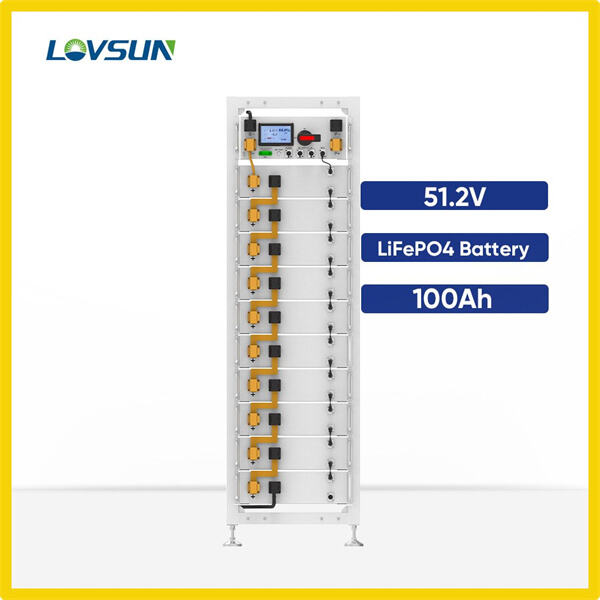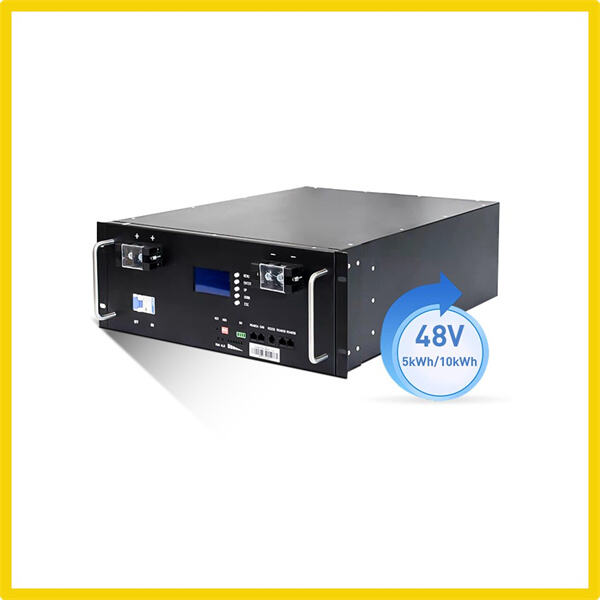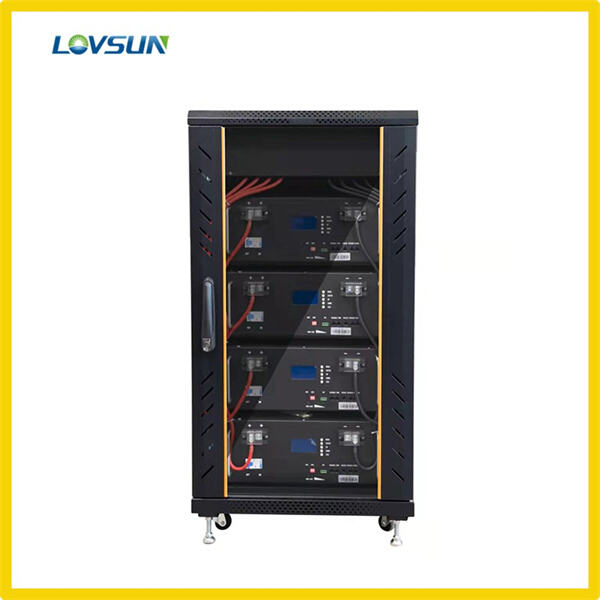Hvis du eier et telefon, en nettbrett eller ennå et lekested som beveger seg på egenhånd, er det stor sjanse for at det bruker en lithiumbatteri. Disse lille batteriene gir strøm og driver våre enheter. Vi har alle lært hvordan disse batteriene fungerer og hvor viktig de er i våre liv.
Vi kan tenke på lithiumbattericeller som små pakker som lagrer elektrisitet. De inneholder energi når vi trenger energi. Inside den batterien, er det mange lag av ulike materialer som leder elektrisitet. Når du koble inn apparatet ditt for å lade, migrerer små partikler kjent som lithiumioner fra én side av batteriet til den andre. Denne bevegelsen genererer elektrisitet, som lader apparatet ditt.
Lithiumbatterier er ikke bare for telefoner og plantere. De finnes også i større varer som elbiler og solcellspaneler. De er lette og kan lagre mye energi, noe som gjør dem velegnet for å drive enheter vi bruker hver dag. Nei, takket være lithiumbatterier ville vi ikke ha klart å bære med våre enheter med oss, eller strømføre hjemmet vårt med fornybar energi.

Lithiumbatterier er nyttige, men det er noen bekymringer om hva de gjør med miljøet. Hvis en ikke er oppmerksom på hvordan man forsiktig gjør det, kan produksjon av lithiumbatterier føre til skade på naturen. Å love mer bærekraftige lithiumbatterier er en trend, med selskaper som Lovsun som søker alternative metoder for produksjon i stedet for å bruke fullstendig nye gruvede materialer. Valg av grønnere alternativer kan sikre at lithiumbatteriene blir bedre for i morgen.

De klarte ikke å beholdne energien de produserte, noe som hindret en bredere bruk av fornybare energikilder som sol- og vindkraft før lithiumbatterier. Men nå har vi lithiumbatterier og kan lagre overskytsenergi for å bruke den når sola er ned eller vinden slutter. Det er gjennom denne utviklingen at vi paverger veien mot et grønnere fremtid.

En lithiumbattericelle fungerer i hovedsak ved å overføre ladde partikler kjent som ioner inni batteriet. Når du lader batteriet, flytter ionene seg til én side, og når du bruker batteriet, kommer de tilbake. Denne bevegelsen av ioner genererer strøm, som driver enheten din. Det kan lyde litt komplisert — men lithiumbatterier er en solid, høy energilageringsteknologi.
Lovsun fokuserer på litiumbattericeller, effektivitet og stabilitet av solenergiprodukter. Integritet, ansvarlighet, kreativitet og lidenskap er retningslinjer for selskapet.
Lovsun litiumbattericeller har gjennomgått CE, TUV, LVD, EMC, UL og andre sertifiseringer. Kan levere toppkvalitetsprodukter og forbedret etterservice.
Lovsun dekker et areal på 31 377 kvadratmeter for litiumbattericeller. Det er over 300 ansatte. 90 % av produktene eksporteres til hele verden. Lageret i Rotterdam dekker 20 land og har mer enn 500 kunder.
Lovsun fabrikkleverandør – ingen mellomledd, mer fortjeneste, lavere kostnader. Selskapet tilbyr beste litiumbattericeller og pris til kundene.